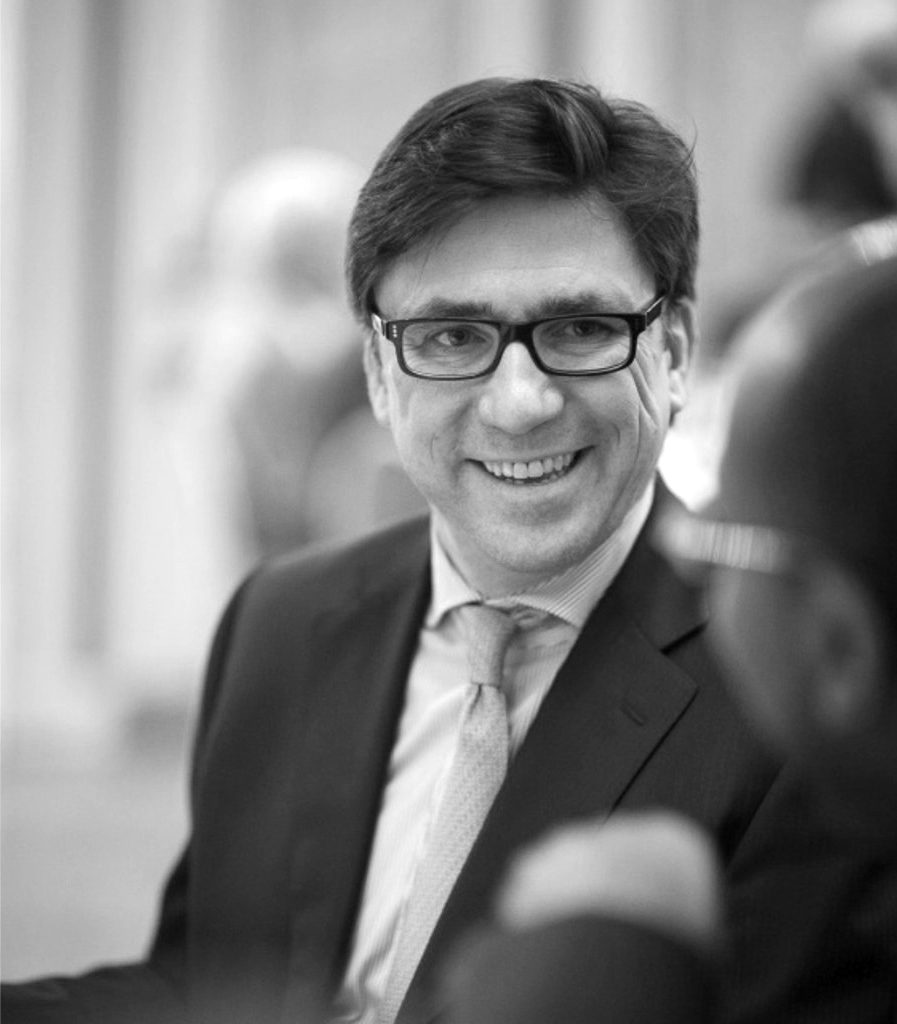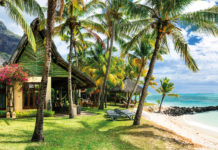The Africa Investment Facility (AfIF), set-up in 2015, is an EU regional blending facility, which combine EU grants with other public and private sector resources, such as loans, equity and other financing, for investments that promote sustainable and socially inclusive development. The blending facilities are innovative financial instruments that use EU development grants to leverage additional funding from European and regional development financial institutions and the private sector. They help implement key infrastructure and private sector support project.
In September 2017 the Africa Investment Facility became an integral part of the European Fund for Sustainable Development (EFSD) as the Africa Investment Platform (AIP). The EFSD is the first pillar of the EU’s External Investment Plan.
GEOGRAPHICAL SCOPE
AfIF can support national as well as regional projects in all African countries eligible to receive financing under the EDF regional and national programmes as well as under the intra-ACP programme and the DCI
Pan-African Programme.
IMPLEMENTATION
AfIF, which is funded mainly from different programmes under the European Development Fund (EDF), but also under the EU‘s Development Cooperation Instrument (DCI), provides various kinds of grant funding for development projects:
- Investment grants, to finance specific project components (with, for example, social or environmental added value) or a percentage of the total project cost (thereby reducing the amount of debt for the partner country).
- Technical assistance, providing tailored support to meet specific project needs, both during project preparation and implementation. This assistance helps ensure the quality, efficiency and long-term sustainability of a project.
- Risk sharing instruments, such as risk capital and guarantees, to allow the available funds to be used efficiently by reducing risks and unlocking additional financing.
The interventions focus on the following sectors: mainly transport (63% in 2016), energy (29% in 2016) and ICT (6% in 2016), but also agriculture, environment, water and sanitation, climate change, and social services,
support to private sector development, SMEs. The type of support varies from investment grant (77%) and technical assistance (23%).
In 2016 a total, over €288 million of AfIF contributions were allocated to 16 projects.The total EU budget allocated to AfIF at the end of 2016 was €905 million. AfIF allocated funds to 9 transport projects and 5 energy projects.
Funds for technical assistance may be used to perform the necessary studies to develop and finalise the most promising investment projects. The type of preparatory work may include pre-feasibility, feasibility and detailed design studies or complementary (environmental/social) studies or updating of existing studies.
The final beneficiaries of the AIP will be the partner countries, either directly or indirectly through their central, regional and local administrations or public or semi-public institutions. Other final beneficiaries can be the private sector and households and SMEs for categories of operations dedicated to the private sector development.
The AIP sets up partnerships, pooling grant resources from the EU and using them to leverage loans from multilateral and bilateral European Finance Institutions as well as from regional and multilateral Development Banks. These resources can often be pooled together with contributions from partner countries and beneficiary institutions in Africa.
ORGANISATIONAL STRUCTURE
Procedure: Project assessment and Board opinion
A blending operation needs to be developed by a financial institution, as it involves the provision of a loan or other type of financing from one or more financial institutions.
The Lead Finance Institution is in charge of submitting a project proposal via an application form, which is discussed and assessed at an AfIF Technical Assessment Meeting. These meetings are chaired by the Commission with the participation of the European External Action Service (EEAS) and financial institutions. Based on the results of the discussions at the Technical Assessment Meeting, proposals are either considered mature enough for submission to the Board, may be returned for re-submission at a subsequent meeting, or may be rejected.
The Board is responsible for formulating opinions on individual blending operations. It is chaired by the Commission with the participation of the EEAS and the EU Member States, as voting members, and the financial institutions as observers.
Based on Board opinions for the selected proposals, a complementary decision is adopted by the Commission.
Secretariat
The Secretariat of the EU Blending Frameworks is run by the Commission. The Secretariat supports the management of the EU Blending Frameworks by providing support, including in the assessment process and formulation of opinions by the Board, coordination of consultations and organisation of technical assessment and Board meetings, reporting, dissemination of information, sharing of best practices and training. The Directorate General for International Cooperation and Development (DG DEVCO) provides support to the DCI and EDF Blending Frameworks.

Alexander Herring
Vice President CBL-ACP
PSLO World Bank Group
![[:en]FINANCIAL_1[:]](https://perspectives-cblacp.eu/wp-content/uploads/2019/10/FINANCIAL_1.jpg)


